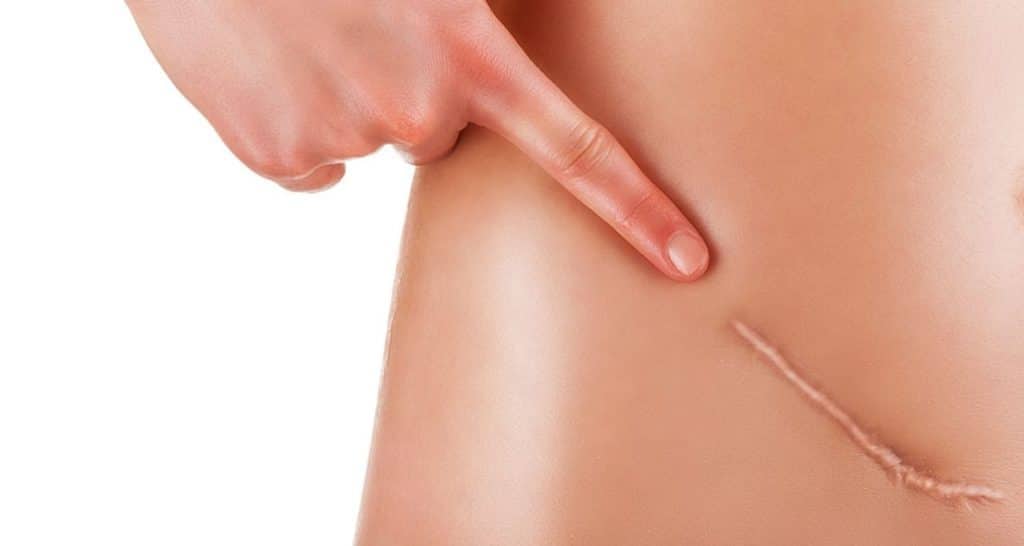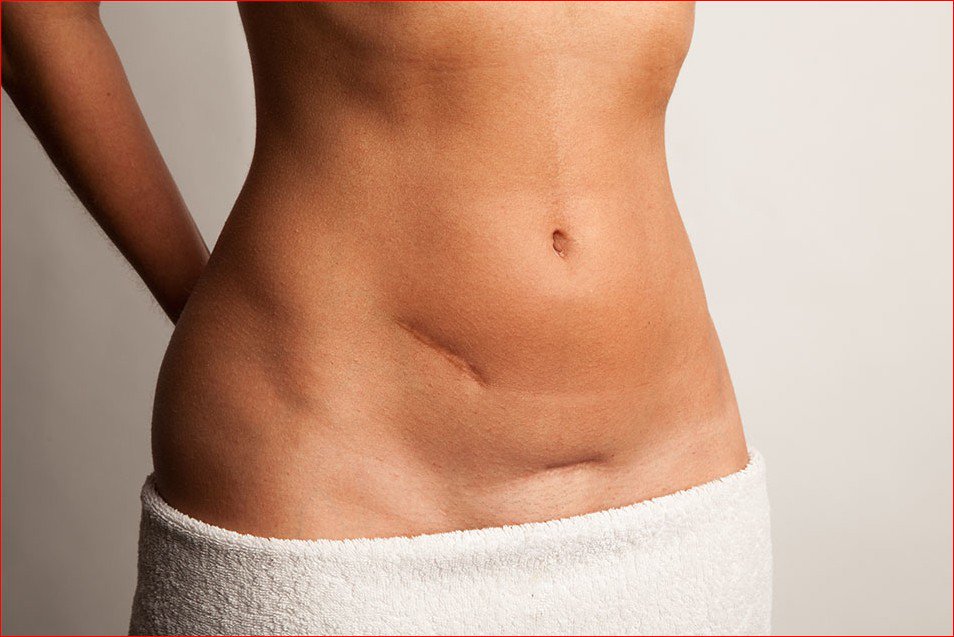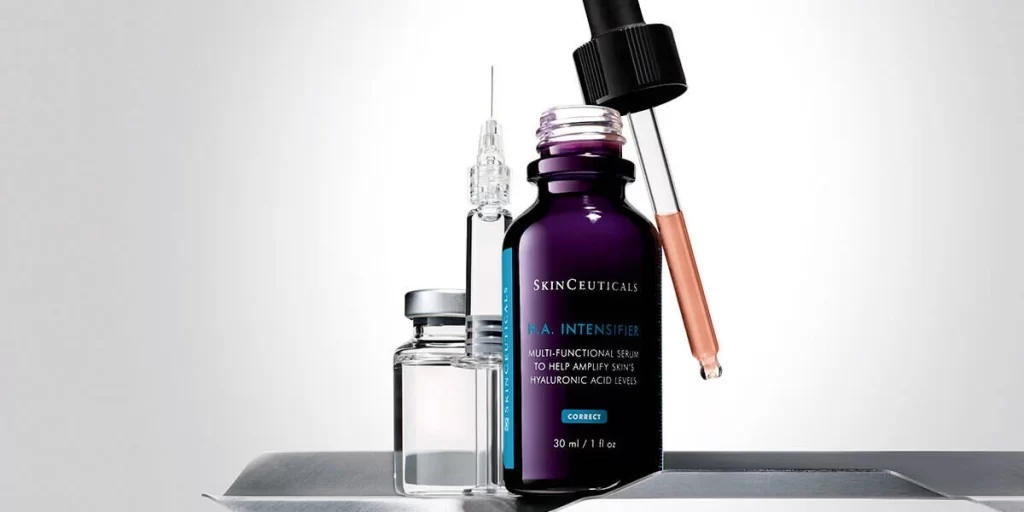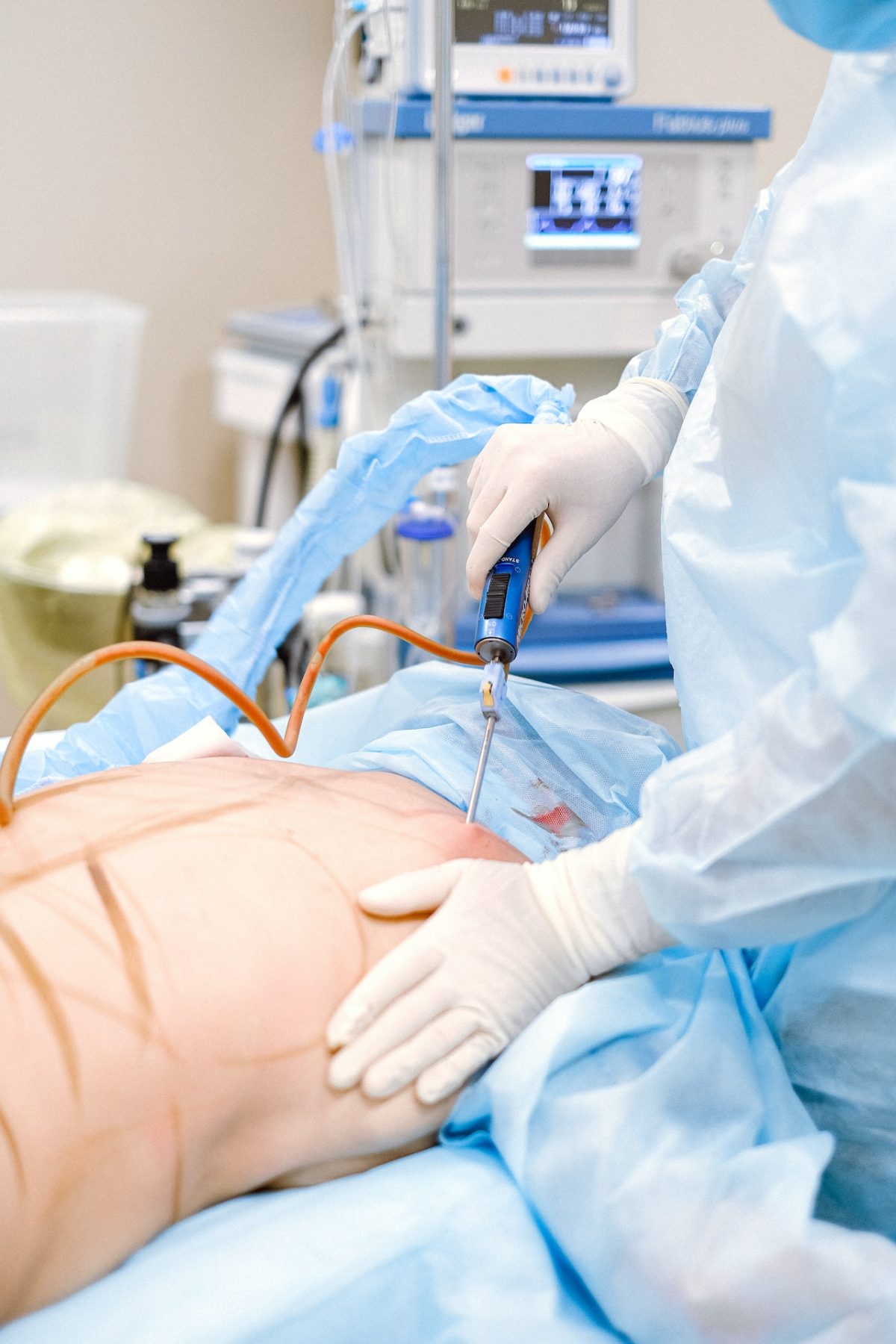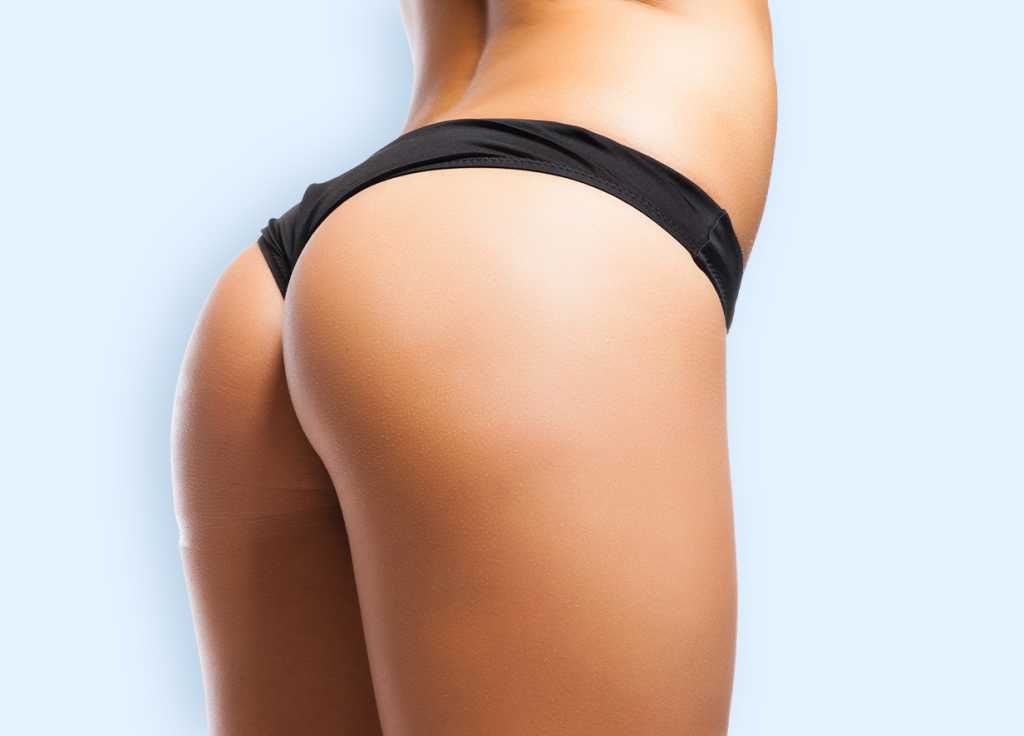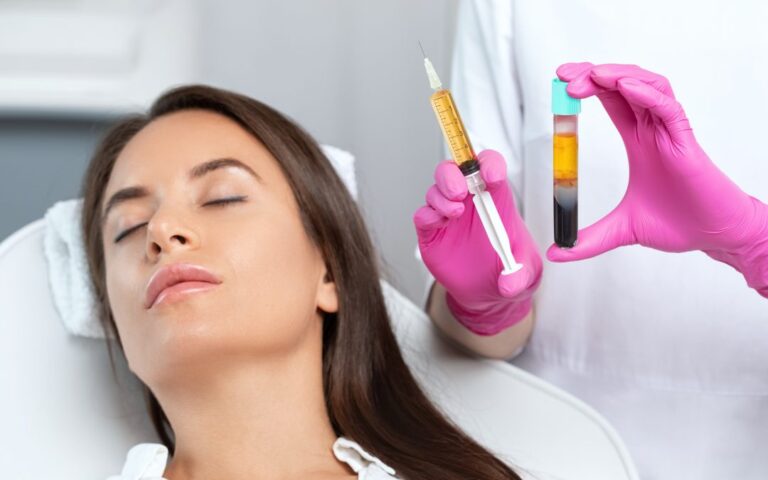Key Takeaways
-
Understand Juvederm: Juvederm is a popular dermal filler used by a plastic surgeon for cosmetic enhancements, particularly to smooth skin wrinkles and add volume through injection by an injector.
-
Average Costs: The average cost of Juvederm facial filler injections ranges between $600 to $1,200 per syringe, depending on the type and amount needed, with many syringes often required by the injector or plastic surgeon.
-
Influencing Factors: Prices can vary based on factors like the injector’s experience, clinic location, and the specific Juvederm facial filler and different formulations used for the injection.
-
Types and Costs: Different types of Juvederm, such as Voluma or Ultra, have varying costs due to their unique formulations and intended uses for face injection by the injector.
-
Regional Variations: Costs can fluctuate significantly by region, with urban areas typically charging more than rural locations, depending on the time, place, and service.
-
Additional Expenses: Be aware of potential additional costs like consultation fees, follow-up treatments, laser service, and possible downtime. Look for answers to any questions.
Understanding Juvederm
What is Juvederm?
Juvederm is a popular facial filler. It helps reduce wrinkles and restore volume in the face, providing a way to look younger with laser service. Many people use it for lip augmentation, face, and other cosmetic enhancements. Juvederm injections are commonly administered by plastic surgeons.
Composition of Juvederm
Juvederm’s main ingredient is hyaluronic acid. This substance is naturally found in the body. It helps keep skin hydrated and elastic. The hyaluronic acid in Juvederm attracts water to the treated face area, adding volume and smoothness to your look.
Benefits of Hyaluronic Acid
Hyaluronic acid has several benefits:
-
Hydrates the skin
-
Increases skin elasticity
-
Provides a natural look
-
Reduces fine lines and wrinkles
These benefits make Juvederm an effective option for many people seeking facial rejuvenation to look their best.
Types of Juvederm Products
There are different products within the Juvederm family. Each product targets specific areas of the face.
-
Juvederm Ultra XC: Ideal for lip augmentation.
-
Juvederm Voluma XC: Adds volume to cheeks.
-
Juvederm Vollure XC: Smooths moderate to severe facial wrinkles.
-
Juvederm Volbella XC: Fills in fine lines around lips.
These specialized products allow plastic surgeons to customize laser treatments based on individual face needs.
Procedure Details
The procedure involves injecting small amounts of Juvederm into targeted areas using syringes, look, questions, lori, celibre. Plastic surgeons may use multiple syringes depending on the treatment area size and desired results, as celibre suggests.
Each injection session typically lasts 15 to 60 minutes, depending on the complexity of the treatment at Celibre. Patients can usually return to normal activities immediately after their appointment.
Duration and Maintenance
Juvederm results can last from six months to two years, depending on the specific product used and individual factors like metabolism and lifestyle look lori. Regular maintenance injections help sustain desired effects over time.
Average Costs Explained
National Average
The national average cost of Juvederm treatments is around $750 per session, look, Lori. This figure can vary depending on several factors. The price reflects the quality and expertise provided by the clinic, lori, and celibre.
Geographic Location
Costs can differ based on geographic location. Urban areas often have higher prices. Rural areas might offer lower costs. For example, a treatment in New York City will likely be more expensive than one in a small town.
Provider Expertise
The expertise of the provider also impacts the cost. Experienced providers may charge more due to their skill level, Lori, Celibre. Clinics with board-certified dermatologists or plastic surgeons usually have higher fees.
Clinic Reputation
A clinic’s reputation plays a role in pricing too. Well-known clinics like Lori and Celibre with positive reviews may charge premium prices. Patients often pay more for trusted and reputable services.
Amount of Product Used
The overall cost depends on the amount of product used, measured in syringes, lori, celibre. A typical session might use one to two syringes. Each syringe adds to the total cost, increasing the final bill.
Example Costs
For example:
-
One syringe: Approximately $500-$600
-
Two syringes: Approximately $1,000-$1,200
Thus, more syringes mean higher costs.
Additional Fees
e clinics add extra fees for consultations or follow-ups, lori, celibre. Always ask about these potential additional costs before starting treatment at Celibre, Lori.
Factors Influencing Prices
Treatment Area
The size of the treatment area affects the cost. Larger areas require more Juvederm. For example, treating the cheeks usually costs more than smaller areas like lips at Celibre.
Desired results also play a role. More dramatic changes need more product, increasing the overall price, lori and celibre. Subtle enhancements might require less Juvederm.
Provider’s Experience
The experience and qualifications of the provider, such as Lori at Celibre, can impact prices. Highly qualified practitioners often charge more.
Experienced providers may offer better results. Paying for expertise can be worthwhile for safety and effectiveness.
Specific Formulas
Different Juvederm products come at different prices. Voluma is used for adding volume to cheeks. It tends to cost more than other formulas like Volbella, which is used for lip enhancement.
Each product has unique properties designed for specific facial areas. The choice of formula depends on the desired outcome and treatment area.
Geographic Location
Prices vary by location. Urban areas with high living costs generally have higher prices for cosmetic treatments.
In contrast, smaller towns or rural areas might offer lower prices due to reduced overhead costs.
Number of Sessions
Multiple sessions may be needed to achieve desired effects. Each session adds to the total cost.
e treatments might require touch-ups over time, further impacting long-term expenses.
Types and Their Costs
Juvederm Ultra
Juvederm Ultra is a common choice for many patients. It is used to treat fine lines and wrinkles. At Krauss Dermatology, the cost starts at $675 per syringe. This product is often used for lip enhancement.
Juvederm Ultra Plus
Juvederm Ultra Plus is thicker than Juvederm Ultra. It works well for deeper lines and folds. The price begins at $675 for the first syringe. Additional syringes are discounted by $100 each. This makes it more affordable if multiple syringes are needed.
Juvederm Volbella
Volbella is designed for subtle lip enhancement and smoothing vertical lip lines. The starting price at Krauss Dermatology is also $675 per syringe. Patients often choose Volbella for its natural look.
Juvederm Voluma
Voluma is best known for adding volume to the cheeks. It has a higher density than other Juvederm products. The cost can go up to $975 per syringe due to its long-lasting effects. Discounts apply to subsequent syringes, reducing costs by $100 each.
Discount Policy
Krauss Dermatology offers a discount policy on additional syringes of any Juvederm product:
-
First syringe: Full price
-
Additional syringes: $100 off each
This policy helps patients manage costs better when multiple treatments are necessary.
Price Variations by Region
Geographic Impact
Geographic location affects Juvederm injection costs. Prices vary significantly from one city or state to another. In metropolitan areas, the costs are usually higher. This is due to increased demand and higher operational expenses for clinics.
For example, a clinic in New York City may charge more than one in a smaller town in Ohio. The cost difference can be substantial. Patients should consider travel costs if they plan to visit a different region for treatment.
Metropolitan Areas
Metropolitan areas tend to have higher prices for Juvederm injections. Clinics in places like Los Angeles, Chicago, and Miami often charge premium rates. These cities have higher living costs and operational expenses.
The demand for cosmetic treatments is also greater in these locations. Higher demand leads to increased prices. Patients might pay $600 per syringe in these cities compared to $400 in smaller towns.
Regional Comparisons
Different states show varying price ranges for Juvederm injections. For instance:
-
California: High demand and high living costs make it expensive.
-
Texas: Prices are moderate but can still be high in big cities like Houston.
-
Florida: Costs fluctuate widely based on proximity to major urban centers.
In rural areas, prices are generally lower due to less competition and lower overhead costs.
Consulting Providers
Consulting multiple providers is advisable when seeking Juvederm injections. Different clinics offer various pricing structures based on their location and services offered. It’s essential to find the best balance between price and quality.
Patients should research online reviews and ask for before-and-after photos from previous clients. They should also inquire about any additional fees that might not be included in the initial quote.
Volume Discounts
e clinics offer volume discounts for larger quantities of Juvederm injections. This can be beneficial if multiple areas need treatment. Patients should ask about package deals or promotions that might reduce the overall cost.
These discounts can sometimes make treatments more affordable even in higher-cost regions.
International Pricing Insights
United States
Juvederm injections in the United States can be expensive. The average cost ranges from $500 to $700 per syringe. Prices vary based on location and the injector’s experience. For example, in major cities like New York or Los Angeles, costs might be higher.
Many clients seek discounts or package deals. Some offices offer special promotions for multiple treatments. Always ask questions about available offers to get the best price.
Europe
In Europe, prices for Juvederm injections differ by country. In the UK, costs are similar to the US, around £400-£600 per syringe. However, countries like Poland and Hungary often have lower prices. You might pay between €200-€300 per syringe there.
Currency exchange rates affect pricing comparisons. It’s wise to compare costs in USD to understand savings better.
Asia
Asian countries are popular for affordable cosmetic procedures. In South Korea, known for advanced cosmetic technology, Juvederm injections cost about $300-$400 per syringe. Thailand is another destination with competitive prices, averaging $250-$350 per syringe.
Researching local market conditions is crucial before making a decision. Look into the clinic’s reputation and ensure they use authentic products.
Latin America
Latin American countries also offer lower-cost treatments. In Mexico, Juvederm injections can cost as low as $200-$300 per syringe. Brazil is another option with similar pricing.
While these prices are attractive, consider travel expenses and potential risks of seeking treatment abroad.
Risks and Benefits Abroad
Seeking treatment abroad has pros and cons:
Benefits:
-
Lower costs
-
Access to experienced practitioners
-
Potentially shorter wait times
Risks:
-
Travel-related complications
-
Language barriers
-
Difficulty verifying credentials
Always research international clinics thoroughly. Read reviews from previous clients and check their credentials carefully.
Research Importance
Before deciding on international treatment, verify the practitioner’s qualifications. Look for board certification and training details. Sites like RealSelf provide reviews from other patients which can be helpful.
Ask specific questions about their experience with Juvederm injections. Ensure they use genuine products approved by health authorities.

Additional Costs to Consider
Consultation Fees
Initial consultations can add to the total cost. Many clinics charge for this visit. The fee usually ranges from $50 to $200. This is when you discuss your goals and concerns with the doctor.
Follow-Up Appointments
Follow-up appointments may be necessary. These visits ensure the injections are settling well. They also address any side effects or complications. Clinics might charge for these visits, adding to the overall cost.
Touch-Up Treatments
Touch-up treatments can be required for optimal results. Juvederm injections may need more than one session. The need for additional syringes increases the overall cost. Each syringe can cost between $500 and $1000.
Multiple Syringes
Achieving desired results often requires more than one syringe. This depends on the treatment area and individual needs. For example, lips and skin treatments might need multiple syringes. This significantly raises the total cost of cosmetic procedures.
Alle Program by Allergan
The Alle program by Allergan offers savings on future treatments. Members earn points on each Juvederm purchase. Points convert into discounts for future sessions, making it worth it over time.
Insurance Coverage
Health insurance generally does not cover cosmetic procedures like Juvederm injections. These are considered elective treatments, not medically necessary. Patients should plan to pay out-of-pocket for these services.
Duration and Downtime
Typical Longevity
Juvederm results can last from 6 months to 2 years. The duration depends on the specific product used. For example, Juvederm Ultra typically lasts up to one year. Juvederm Voluma can last up to two years. Individual metabolism also plays a role. Faster metabolisms may break down the product quicker.
Minimal Downtime
Juvederm injections have minimal downtime. Most patients resume normal activities immediately after the session. Some may experience minor swelling or bruising in the treatment area. These side effects usually subside within a few days.
Extending Results
Several factors can extend Juvederm results:
-
Healthy lifestyle choices
-
Regular follow-up treatments
-
Proper skincare regimen
Avoiding excessive sun exposure and not smoking can also help maintain results longer.
Recovery Time
Recovery time for Juvederm is short. Patients often return to work the same day. Swelling and bruising are common but mild. Applying ice packs can reduce these symptoms quickly.
Summary
Juvederm injections can vary widely in cost, influenced by factors like type, region, and additional expenses. Whether you’re considering it for cosmetic enhancement or medical reasons, understanding these variables helps you make informed decisions.
Ready to explore Juvederm for yourself? Consult a certified provider to get personalized advice and accurate pricing. Your journey to rejuvenated skin starts now—take the first step today!
Frequently Asked Questions
What is Juvederm?
Juvederm is a popular dermal filler made of hyaluronic acid. It’s used to reduce wrinkles and add volume to the face.
How much do Juvederm injections cost on average?
The average cost of Juvederm injections ranges from $500 to $700 per syringe. Prices can vary based on location and provider.
What factors influence the price of Juvederm injections?
Several factors affect the cost, including the clinic’s location, the practitioner’s experience, and the specific type of Juvederm used.
Are there different types of Juvederm, and do their costs vary?
Yes, there are various types like Juvederm Ultra, Voluma, and Vollure. Each has different uses and costs, typically ranging from $400 to $1,000 per syringe.
Does the price of Juvederm injections vary by region?
Absolutely. Prices can be higher in metropolitan areas compared to smaller towns due to demand and overhead costs.
Can I get Juvederm injections internationally for less money?
Yes, some countries offer lower prices for cosmetic procedures. However, it’s important to consider travel costs and ensure you choose a reputable clinic.
Are there additional costs associated with Juvederm treatments?
Additional costs may include consultation fees and follow-up appointments. Always inquire about all potential charges beforehand.






